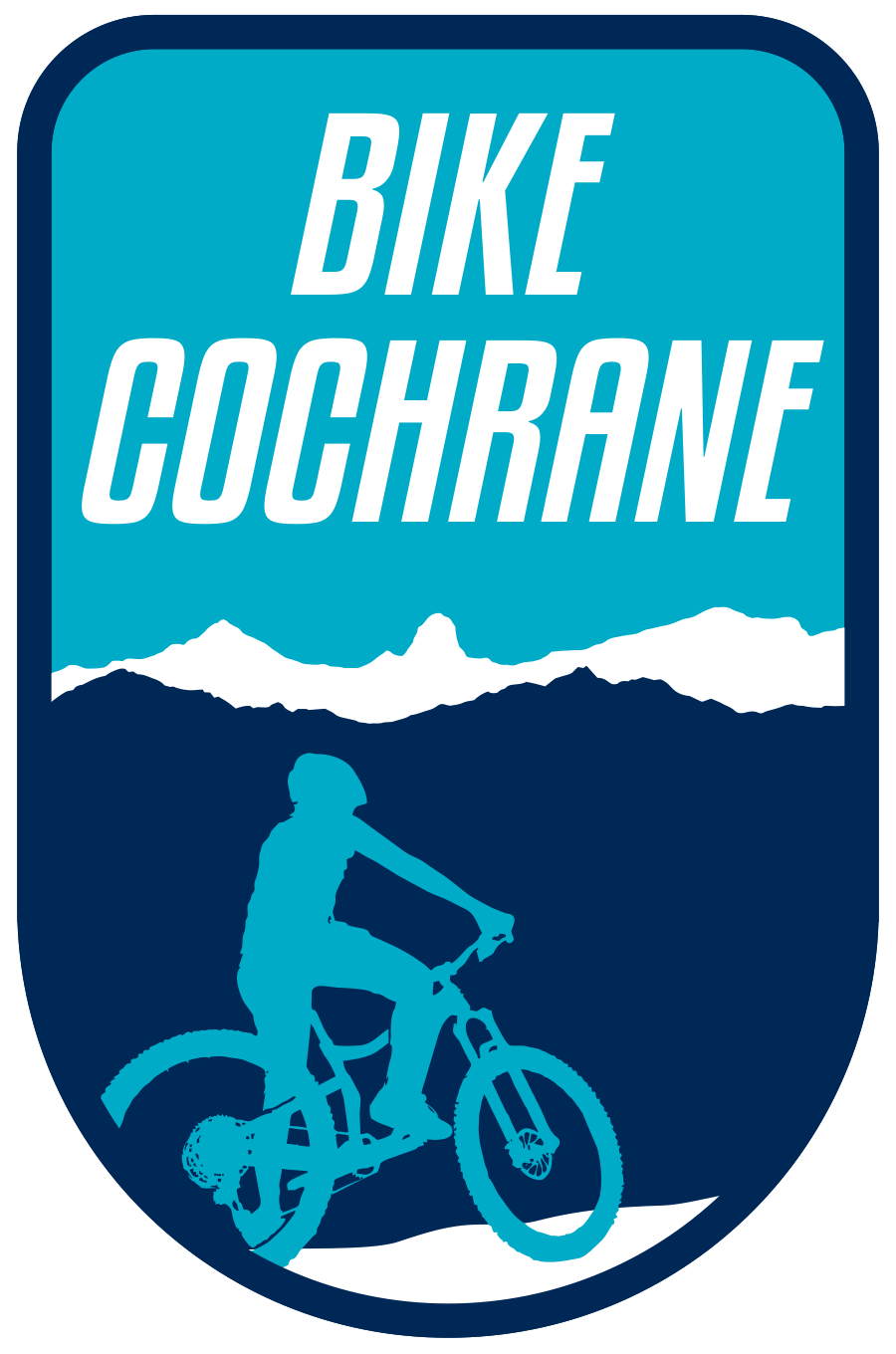Gravel Routes in Cochrane
Gravel riding in Cochrane, AB
Naturally blessed with abundance
We are blessed with wonderful gravel routes that you can ride right from our scenic town. It isn’t uncommon to go for a 2-to-3-hour ride just outside of Cochrane and see very light or no traffic. The best guide to the area is Gravel Maps and there are many 20, 40, 60, 100 km and more loops that are worth exploring in the area.
Gravel biking is one of the fastest growing sports in Canada for good reason, and Cochrane is a great place to ride gravel! With Ghost of the Gravel (sold out in 7 days), Rogelli’s Cochrane Crusher, and more local gravel events by the day, gravel biking can be a race, a way to escape traffic and get back to nature, and/or a great way to meet other fun bikers!
What is a gravel bike?
Being able to define a Gravel Bike goes a long way to help you understand gravel riding. The bike industry has been accused by many of ‘inventing’ gravel riding as a new segment to try to sell bikes. That is likely true, but the gravel bike segment is growing and searching, and this is because of a bunch of technical innovations that have significantly improved bike design but also somewhat blurred the lines between a mountain bike and road bike.
The things that define a ‘gravel bike’ are simply technological advances that have made it possible to produce bikes that are both efficient and capable. These innovations are, to name a few, disc brakes, tubeless tires and clutch derailleurs, all of which have been common on mountain bikes, but have slowly gained acceptance in the road cycling world. The other major innovation is the ongoing frame building technologies in carbon, aluminum, and less common titanium.
Disc brakes in combination with modern carbon layups, have enabled stiffer, lighter and stronger frames all the while mitigating the weight increase associated with disc brakes. Thru-axles also help to make things stiffer again and make disc brakes much more practical. The use of disc brakes means that gravel bikes have more powerful breaking in all weather conditions, perfect for gravel riding. Disc brakes also result in frames with much more clearance for wider tires, making riding on gravel safer and comfortable. Tubeless tire technology is now more reliable than ever and are a great idea for applications such as gravel riding. A common size for gravel bike tires is 700×38-42c. Your ambassador tried several sizes, and I find a 700x36 very comfortable, but also noticed that a different tire is sometimes required on the same road in different weather or is season dependent.
The drivetrain on a gravel bike is often a 1x drivetrains so you can ditch the front derailleur and increase tire clearance and clutch derailleurs. The clutch derailleur enabled 1x drivetrains, meaning you’re almost guaranteed not to drop your chain on rough surfaces and with less maintenance. The advantage of a 11, 12 or even 13 s drivetrain also means that you can have essentially the same range of gears as a 2×10 drivetrain without the need for a front derailleur, not having to sacrifice range for tire clearance.
Any cyclo-cross or specific gravel bike with at least 32 mm, but preferably wider tires, will work fine for riding gravel around Cochrane. Depending on the season, wider is usually better, especially on deep or soft gravel. Slick or “filetread” tires are fine for most gravel. Knobs are most suitable if conditions are muddy or wet.
Gravel riding in Cochrane, AB
Ghost of the Gravel 2022 sold out in 7 days
Mish-mash of Canadian gravel bikes




